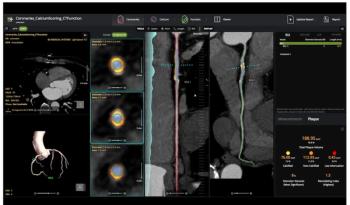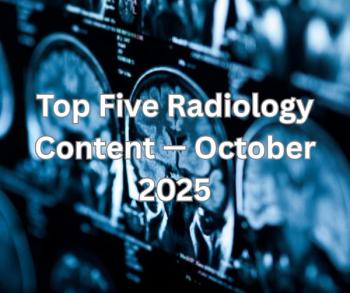
FDA Clears NinePoint’s Volumetric OCT System
Medical device manufacturer NinePoint Medical Inc. has received FDA 510 (k) clearance for its volumetric optical coherence tomography (OCT) imaging system.
Medical device manufacturer NinePoint Medical Inc. has received FDA 510 (k) clearance for its volumetric
NinePoint’s Nvision VLE Imaging System is a tool for the evaluation of human tissue microstructure by providing 2-D, cross-sectional, real-time depth visualization, according to the company. It is the first volumetric OCT device cleared by the FDA for endoscopic imaging that uses a circumferential scanning technique and an automated pullback to generate cross-sectional and longitudinal images simultaneously in real-time, the company said.
The system can image under the mucosal surface at less than 10 micros resolution up to a tissue depth of 3mm, and can image circumferentially or helically up to 6cm in length in less than 100 seconds, the company said.
“The Nvision VLE Imaging System can provide high-resolution images of potentially diseased tissue, which are deeper than can be imaged with endoscopy alone,” Charles Carignan, MD, president and CEO of NinePoint Medical, said in a statement.
“Our initial focus is on providing physicians with higher-resolution cross sectional and longitudinal images of diseased tissue in the epithelium of various organs, which impacts millions of adults in the United States.”
Carignan said the company will be conducting clinical trials of the Nvision VLE Imaging System in 2012 with plans of a commercial launch in 2013.
Newsletter
Stay at the forefront of radiology with the Diagnostic Imaging newsletter, delivering the latest news, clinical insights, and imaging advancements for today’s radiologists.






























